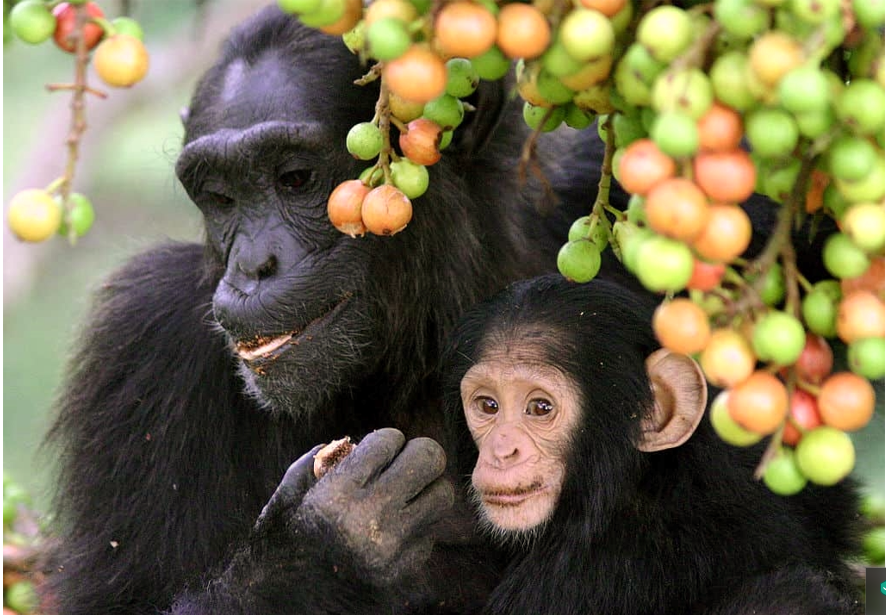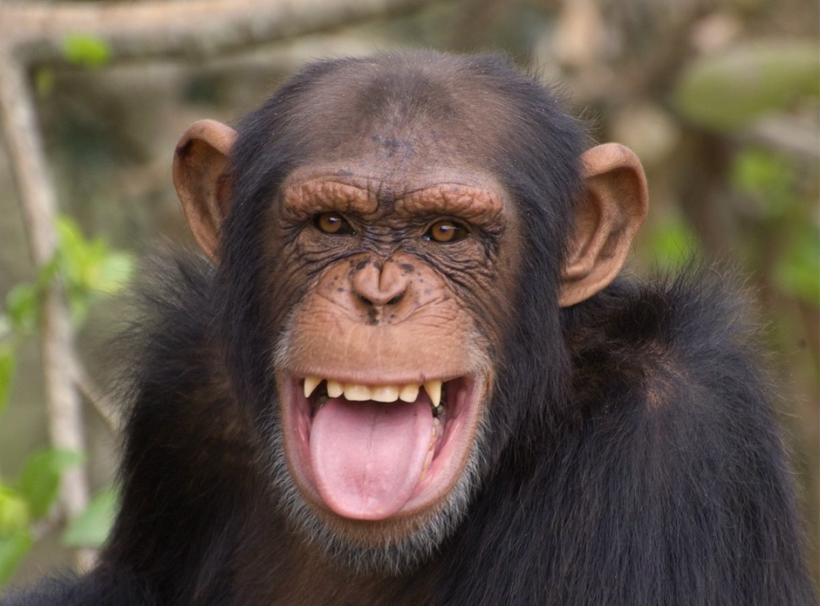Budongo is one of the best known destinations for chimpanzee trekking. The forest is found in the Murchison Falls conservation area in the district of Masindi. In comparison to the other natural forests in Uganda, Budongo forest reserve is the largest and most extensive natural forest reserve, covering an area of approximately 826 square kilometers.
Most of the rest is not spoiled, and this makes it the best destination, with several wildlife species calling it home. For easy management of the tourists and travelers, Bugondo forest reserve is divided into different tourism sections, and there are the Busingiro, Soso, and Kaniyo pabidi.
When we travel for chimpanzee trekking, Budongo is the famous destination for chimpanzee trekking. It derived its name from the local Bunyoro name, which means something that is very fertile. The forest is crisscrossed by four rivers, all of which feed into Lake Albert. Kamirambwa, Waisoke, Siba, and Sonso are among them. Budongo woodland is notable for its large chimpanzee population and mahogany trees. Budongo Forest Reserve.
It has a diverse biodiversity, including 24 small mammal species, 9 primate species, and 280 butterflies. Chimpanzees are among the park’s primates; Budongo woodland is home to roughly 600 chimps, with a small population dedicated to Uganda chimpanzee trekking safaris. The habituated chimpanzee family consists of roughly 80 members, providing a once-in-a-lifetime opportunity to see the primates in their natural home.
This huge forest is home to about 600 chimpanzees. A small town has been accustomed to tourism and has been made available to it. By traveling a long (nearly 114 km) track through the jungle, visitors may see chimpanzees, other primates, and birds. Olive baboons, Blue Monkeys, Black-and-White Colobus Monkeys, Red-tailed Monkeys, Grey-cheeked Mangabeys, and Blue Monkeys are among the other primates found on the island.
Because Budongo Forest is part of the larger Murchison Falls National Park conservation region, visitors will have the opportunity to see huge creatures such as buffaloes, lions, and leopards as they pass through before returning to the plains.
Walking chimpanzees is a fantastic experience in the area known for its age-old mahogany trees that can grow up to 80 meters. There are 465 plant kinds in the forest, all of which provide a wonderful jungle experience for the chimpanzees that live there. Chimp tracking takes place twice a day, in the morning and afternoon, in the Budongo forest. Tourists can join whatever group they like or book according to the itinerary timetable. Tourists are instructed about chimpanzee hiking at the Kaniyo Pabidi eco park.
 Following the briefing, they embark on a tour of the forest through the tracking paths, accompanied by a tour guide. Chimpanzee trekking takes roughly three hours, including one hour of watching and photographing the chimps. It can be difficult to track the chimps during the dry season as they wander deeper into the jungle in search of food. Each group can only have eight members. Permits should be reserved as soon as possible. Children under the age of 15 are not permitted to hike with chimps in Budongo forest.
Following the briefing, they embark on a tour of the forest through the tracking paths, accompanied by a tour guide. Chimpanzee trekking takes roughly three hours, including one hour of watching and photographing the chimps. It can be difficult to track the chimps during the dry season as they wander deeper into the jungle in search of food. Each group can only have eight members. Permits should be reserved as soon as possible. Children under the age of 15 are not permitted to hike with chimps in Budongo forest.
The Budongo forest may be explored all year due to the region’s tropical environment, which does not have many extremes. However, because the rainy seasons are April-May and September-November, June-August and December-February are the ideal times to visit Uganda for chimp trekking and other activities.
Budongo woodland is Uganda’s closest natural chimp habitat to Kampala, making it ideal for short chimp trekking expeditions. Uganda safaris include Uganda wildlife safaris, Uganda gorilla trekking safaris, and a variety of adventure activities in addition to chimp trekking.
When can you travel to Budongo Forest?
The best time to go chimp trekking is during the wet season/rainy season, but the activity is available all year regardless of when a person visits the nation. This occurs throughout the months of March, April, May, and November, when it rains and there is an abundance of food in the forest, limiting chimp migration from one location to another in search of food. Travelers hiking in the forest will have a significant advantage in that they will be able to spot them in groups resting, resulting in fewer hours of trekking in the bush.


Comment (0)